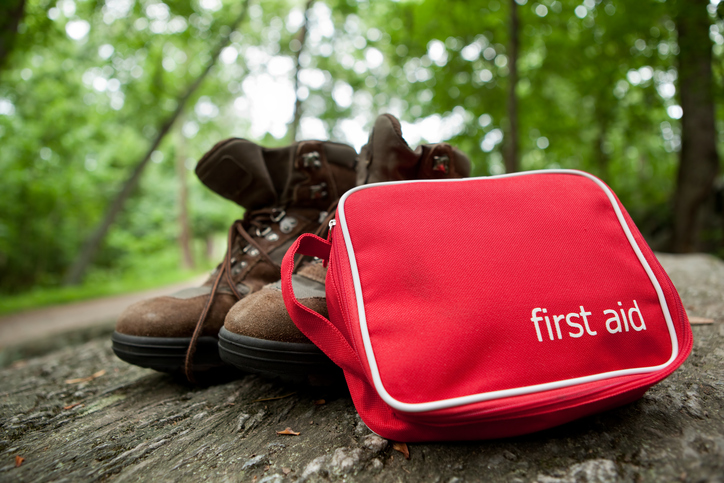By Erin Le Feuvre, Guild Trainer/Assessor
Many of our customers (and some lucky PA’s) will be preparing to enjoy the upcoming long weekend over Easter. A favourite pastime for many Australians during this period is to spend time with family; camping in the great outdoors. Any camping checklist should include a well-stocked first aid kit. Many of our customers will come in looking for bits and pieces before they head on holidays, and that’s the perfect opportunity to remind them to update their first aid kit.
A pre-packaged first aid kit is always a good start, and is a fairly economical way to ensure your customer has the basics while they are enjoying their break. However, below are some additional products and information we should be suggesting to our customers:
- An electrolyte replacement such as Hydrolyte or Gastrolyte is an essential add on to reverse or prevent the effects of dehydration caused by exposure to the sun and illness (both unplanned and self-induced). Electrolyte replacements come in many forms, including effervescent tablets – that are simple and easy to use.
- Broad spectrum sunscreen is a must when outdoors. Recommend that customers purchase a 50+ SPF that handles exposure to water. Remember to emphasise that it must be re-applied at least every 2 hours. Don’t forget to recommend the SPF lip balms!
- When we choose to enjoy the outdoors, we also have to share it with insects – make sure that first aid kits include a good quality insect repellent. Those containing diethyltoluamide (DEET) are a common choice and very effective, but it is best to avoid using these (or any other repellents) on children younger than three months. In young ones, it is best to use barriers such as netting on cots or prams. For those that do not like the “feel” of repellents on the skin, the use of mosquito bands could be an alternative option.
- A camping first aid kit would not be complete without a good first aid cream, ointment or gel such as Solosite. Not only is it perfect for sunburn, but it’s also very useful if you get a little close to the barbeque hot plate! Many of our first aid creams contain ingredients like chlorhexidine that works as an antiseptic along with lignocaine that helps to soothe the area by numbing. Some creams also contain ingredients that help to reduce local inflammation. Make sure to check the ingredients to find the one most beneficial for their concerns.
- The addition of analgesics and/or anti-inflammatories such as paracetamol and ibuprofen is also something all campers should consider. These products provide broad ranging relief from pain and/or inflammation associated with the headaches, bites, stings, burns, sprains and strains. Please bear in mind when assisting customers with these products that the correct pharmacy protocol questions are used to ensure they are safe and suitable options for all family members.
- I also like to suggest blister blockers like Band-Aid Advanced Healing Patches to help reduce friction on problem areas like the heels. These are a long lasting and comfortable option while camping.
- Holiday-goers should also download fact sheets from organisations such as St Johns Ambulance Australia if they choose, or beach safety fact sheets from Surf Life Saving. I would recommend that they review thoroughly before setting off, or better yet, booking themselves in for a first aid course so they are prepared for any situation.
This is of course not an all-inclusive list, but a good starting point to make any camping trip a safe and enjoyable one!
Wishing you all a happy and safe Easter!

